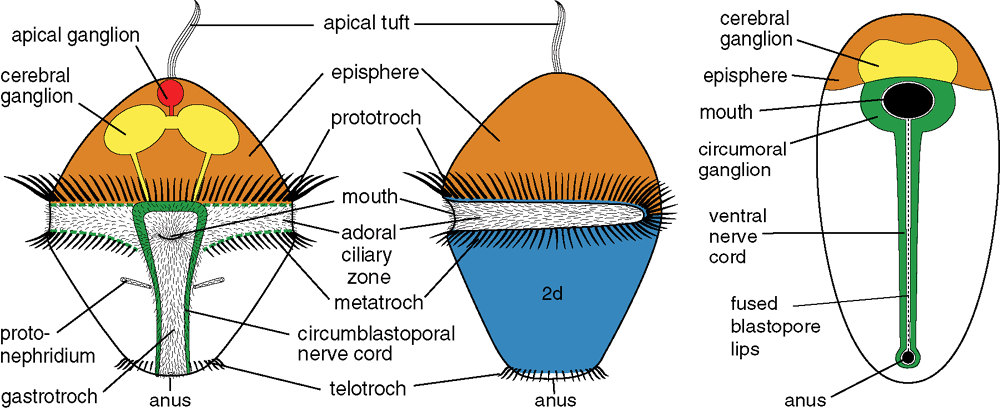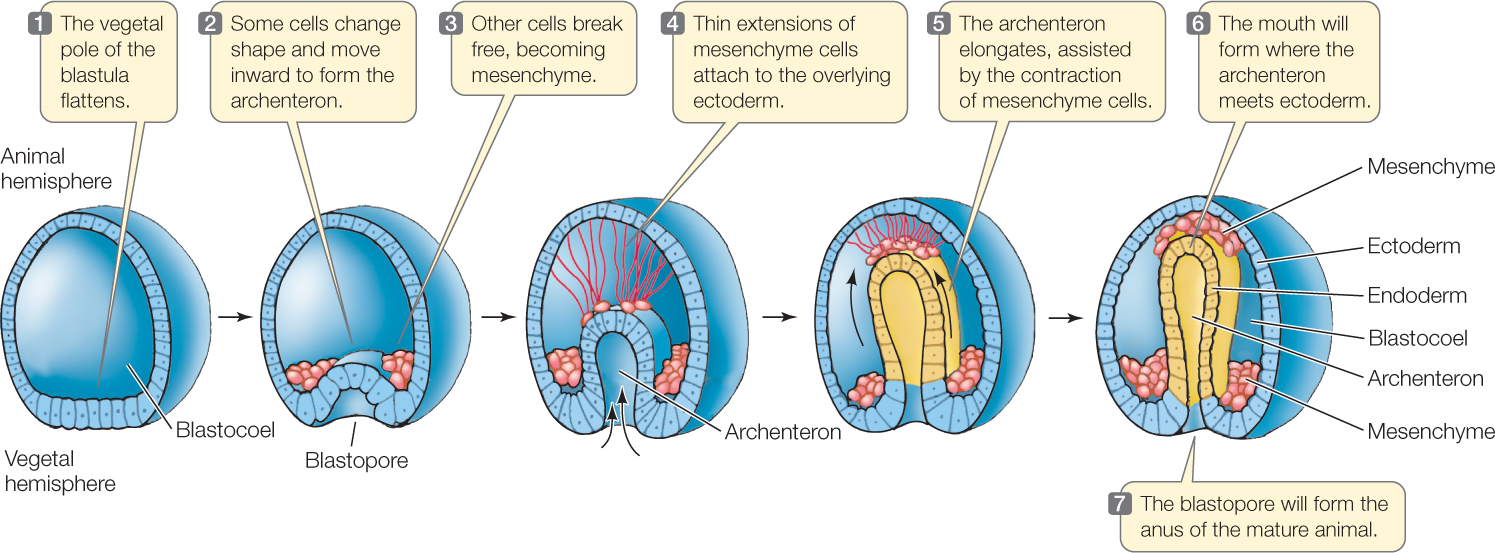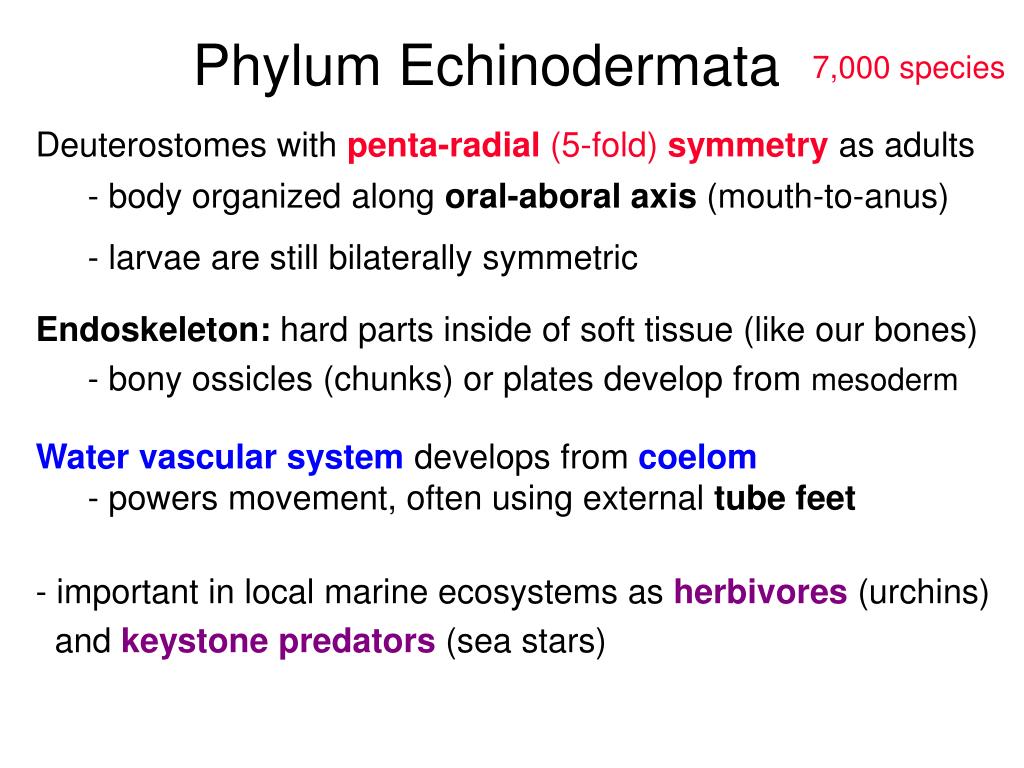
As a result, deuterostomes are classified as uncertain cleavage. Their cytoarchitectural characteristics are unaltered. They have spindle axes that are either parallel to the polar axis of the oocyte or at right angles to it. Deuterostomes radially cleave in the absence of a high yolk content. Later, the coelom separates into cavities. As a result, they're known as enterocoelous. The coelom of the deuterostomes is formed by the longitudinal pouches of the archenteron. In deuterostomes, the archenteron refers to the gut's early development. The gut is eventually tunneled to create the mouth. The primordial blastopore in deuterostomes develops into the anal orifice. Deuterostomes belong to the Deuterostomia of Bilateria subtaxon. Arthropods and nematodes are examples of Ecdysozoa, whereas Lophotrochozoas include mollusks, annelids, platyhelminthes, and rotifers.Īns. In protostomes, there is a solid, ventral nerve cord.Įcdysozoa and Lophotrochozoa are two superphyla of protostomes that can be further subdivided. Protostomes are hence members of the determinate cleavage. During the embryo's early development, the developmental fate of the cells is determined. The most common cleavage is equal spiral cleavage, but unequal cleavage can also occur. In the absence of a high yolk concentration, protostomes' phyla undergo spiral cleavage. Some protostomes, such as Priapulids, lack a coelom. As a result, they're known as schizocoelomates. A coelom is formed when a solid mass of protostomes' embryonic mesoderm breaks into two.

Acoelomorpha is a bilaterian animal with a single mouth and no anus. Second, the embryo's stomach tunnels through it, forming the anal hole. Protostomes first build the mouth from the dent, blastopore, during gut development.

The blastopore is the mouth of the protostomes in protostomy. Protostomes are Bilateria's Nephrozoa clade. Have archenteron development during embryo formation.įlatworms, annelids, arthropods, mollusksĪns. The hollow nerve cord and pharyngeal gill slits make up the nervous system. The nervous system is strong, especially the ventral nerve cord. The enterocoelom is formed by the longitudinal pouches of the archenteron. In deuterostomes, a blastopore develops into an anal opening.īecause the coelom is formed by breaking the solid mass of the embryonic mesoderm, they are called schizocoelomates.

The mouth is developed when the gut tunnels into the embryo.Ī protostome's blastopore grows into a mouth. Because the coelom is formed by breaking the solid mass of the embryonic mesoderm, protostomes are referred to as schizocoelomates.Įxamples of protostomes include leeches, insects (beetles, ants, flies, crickets, butterflies, flees, cicada, bees), Centipedes and millipedes, Squid, etc.Īnus is formed when the gut is tunneled into the embryo. A living organism's mesoderm and endoderm are frequently formed from it. The archenteron is a rudimentary alimentary cavity developed during embryogenesis. The blastomeres created in the early stages of embryo development do not have the capacity to develop into independent embryos, which is known as determining cleavage.

The gut is tunneled into the embryo in protostomes, resulting in the formation of the anus. Protostomes have a less advanced and complicated body composition and have multi-ciliated cells. Proteomes have a solid neural system with a ventral nerve cord. These creatures have spiral and determinate cleavage and their coelom forms as the mesoderm divides. Protostomes are lower invertebrate species in which the mouth develops before the anus during embryo development.


 0 kommentar(er)
0 kommentar(er)
